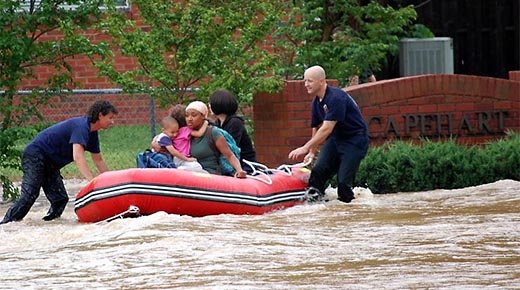Storms like Hurricanes Irma and Maria as well as other natural disasters bring with them lots of uncertainty: Where will they go? How much damage will they cause? What is certain is that no matter where they strike, natural disasters knock out power.
|
ADVERTISEMENT |
And no power means no internet for thousands of people in affected areas. However, researchers at the Georgia Institute of Technology are proposing a new way of gathering and sharing information during natural disasters that does not rely on the internet.
Using computing power built into mobile phones, routers, and other hardware to create a network, emergency managers and first responders will be able to share and act on information gathered from people affected by hurricanes, tornados, floods, and other disasters.
“Increasingly, data gathered from passive and active sensors that people carry with them, such as their mobile phones, is being used to inform situational awareness in a variety of settings,” says Kishore Ramachandran, computer science professor at Georgia Tech.
…

Add new comment